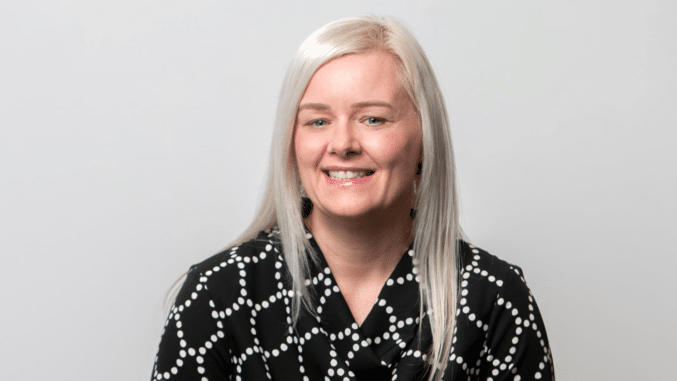Big six lenders punish customers who slip onto their SVR mortgage rates
By Bridging Loan Directory
The UK’s six biggest mortgage lenders are penalising customers who slip onto their Standard Variable Rates (SVR) with a £3,2421 hike in annual interest repayments – more than a month’s income for the average household – according to a new sector study, the Mortgage Saver Review, from online mortgage broker Trussle.
The research is the first of its kind to compare average SVRs and two-year-fixed rates from 76 lenders over a six-month period. It revealed that borrowers with Lloyds, Nationwide, Santander, RBS, Barclays, and HSBC, which collectively serve 69%3 of the market, would see their monthly interest rate jump by an average of 2.5% when automatically transferred from a leading two-year fixed rate to an SVR at the end of their fixed period.
A market-wide issue
While most of the UK’s 11.1 million mortgage borrowers do successfully remortgage before being moved to a SVR, a vast number fail to do so. Of the three million households currently on a lender’s SVR, around one million are ‘mortgage prisoners’, unable to switch, as the introduction of stricter borrowing rules means they’re failing to meet the criteria for a new mortgage. However, close to two million people on SVRs could switch immediately. This group constitutes 18% of the mortgage borrowing population, and they are collectively overpaying lenders by £9.8 billion in interest payments every year.
A ‘switching inertia’ crisis
The research found that one of the main reasons so many people languish on SVRs is due to lack of awareness among borrowers. A staggering two thirds (65%) of UK mortgage holders don’t know that a lender’s SVR is typically worse value than a fixed rate, while one in four (24%) have no idea what ‘SVR’ even stands for.
Equally alarming, almost half (48%) of UK mortgage holders don’t know when their fixed rate period comes to an end. Delaying remortgaging by just a month would cost £272.50 for a borrower at one of the UK’s top six lenders.
Another factor contributing to this switching inertia is the negative experience so many people have when securing their first mortgage – which in turn stops people from proactively managing their loan. Two in five (41%) of the borrowers we spoke to in the study recalled the experience of getting their first mortgage negatively and one in ten (8%) even admit to crying during the process.
Ishaan Malhi, CEO and founder of Trussle said:
“The results of this inaugural Mortgage Saver Review highlight the need for the mortgage sector to better educate borrowers and simplify a raft of unfair practices. Borrowers are being put at a huge disadvantage by not understanding the implications of lapsing onto their lender’s Standard Variable Rate. This costs UK homeowners an alarming £10 billion a year in interest payments.
“The industry, its regulators, and the UK government can address these challenges by working together. Potential solutions could be to agree a reasonable upper limit on SVRs, and a system where lenders are not only obliged to warn their mortgage customers well in advance of their fixed rate coming to an end, but also to confirm receipt of this notification.”
Paula Higgins, Chief Executive of the property advice website HomeOwners Alliance, commented:
“This study confirms that more needs to be done to educate homeowners on the value of remortgaging at the right time to avoid ending up on a more expensive SVR. There is an onus on lenders to not take advantage of homeowners’ switching inertia and instead look to foster an active ongoing client relationship. This includes making greater efforts to alert their customers to more suitable deals and the financial benefits of remortgaging at the right time.”
Trussle’s Mortgage Saver Review has been created to shine a light on the billions of pounds that people are wasting by not being on the most suitable mortgage for them. The Lender League Table, in Chapter 3 of the report, ranks lenders by their average SVR over a six-month period from the Bank of England’s last cut to interest rates in August 2016, while also providing analysis on two and five-year fixed rates for the 76 mortgage providers with products spanning the six months in question.











You must be logged in to post a comment.